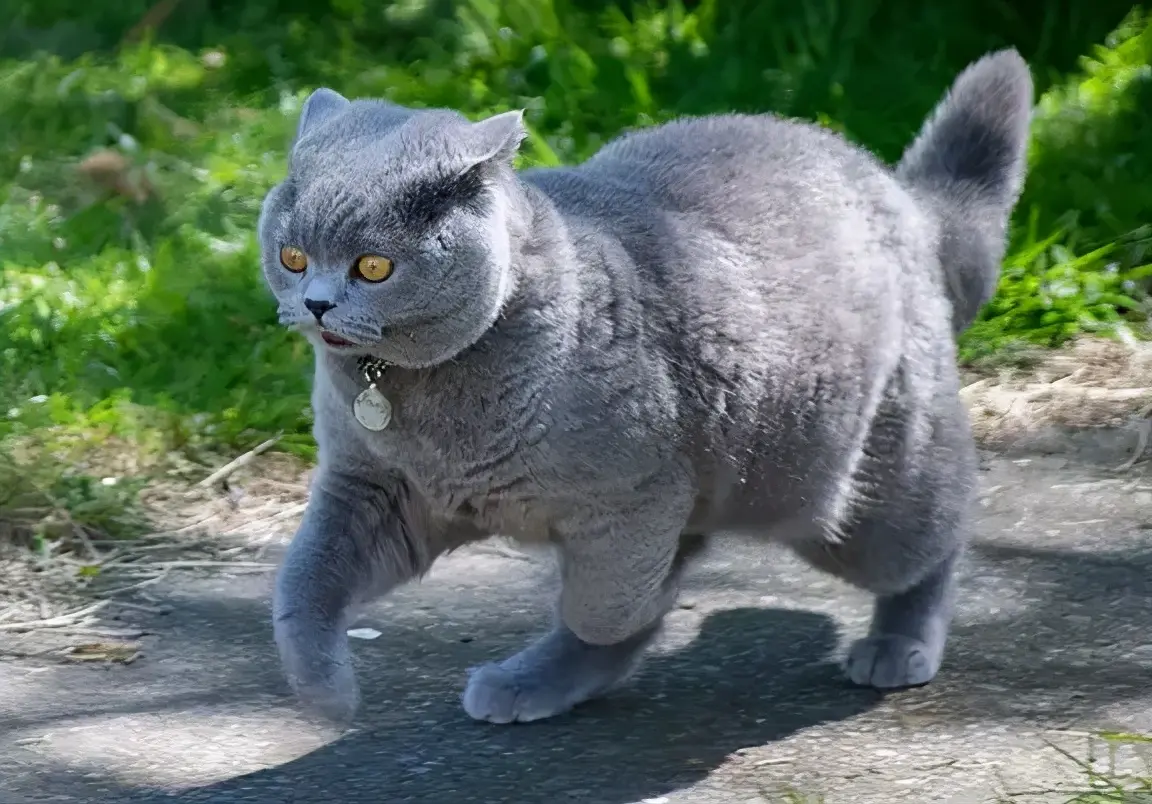advertisement
advertisement
Before owning a cat, people may have thought that it would be very simple. But in reality, raising a
cat is not an easy task. It requires research on food, housing, and transportation. If you get sick,
it may be even more troublesome than getting sick yourself. Don't worry, today I will share with you
which type of cat is suitable for beginners to keep and what issues they should pay attention to.
Siamese cat:
Siamese cats have a gentle, lively, and active personality, and are very close to
humans. They enjoy interacting with humans and are very intelligent. They can be trained to learn
some simple interaction skills, and their fur is easy to care for. They are a very suitable breed of
cat for the general public to raise and accompany themselves.
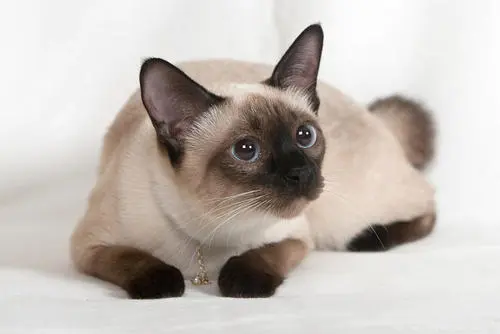
Abyssinian cat:Whether it's a first-time cat owner or planning to add a new companion to
your cat,
Abyssinian cat is an excellent choice. It has a strong energy and can entertain itself until
exhausted, without the need for its owner to spend time with it. Moreover, its fur is relatively
short, with less shedding, making it easy to maintain.
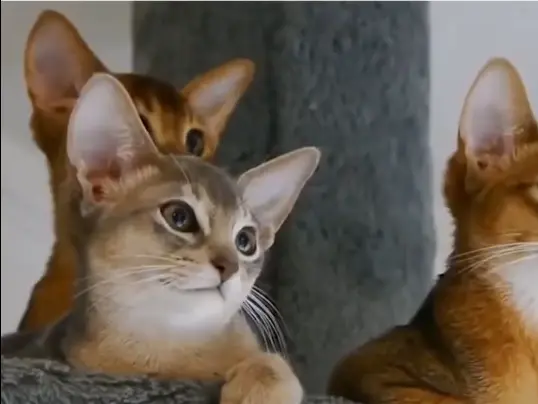
American Shorthair:A cat with a very quiet and gentle personality, capable of understanding
simple
commands; Excellent physical fitness, well-developed limbs and a love for running, making it less
likely
to gain weight. Compared to other delicate breeds of cats, it has strong gastrointestinal function,
so
there is no need to overly worry about dietary issues.
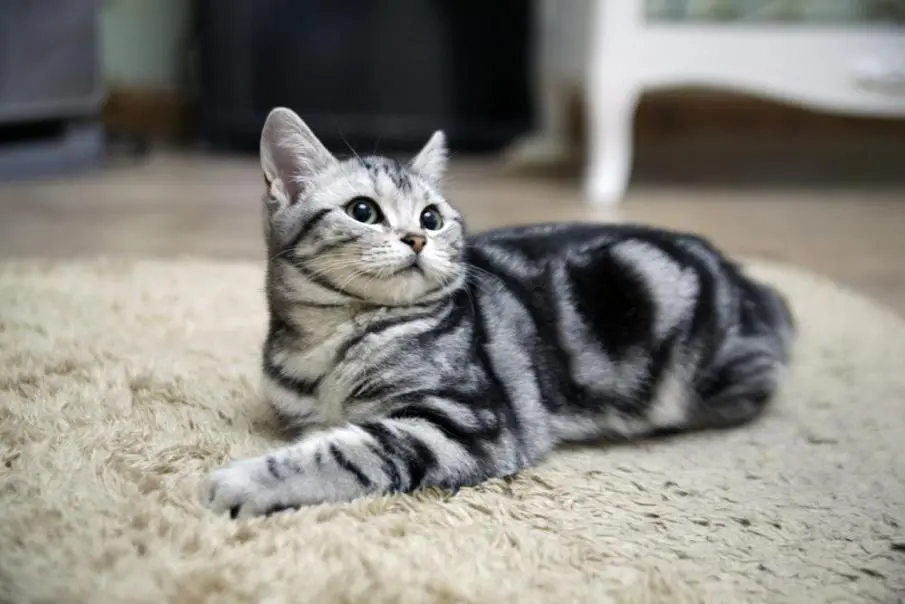
British Shorthair:Strong adaptability to the environment, with a wide range of hair colors
to choose
from; A gentle and clingy personality, but British Shorthair prefers to lie down quietly and is
prone to obesity.
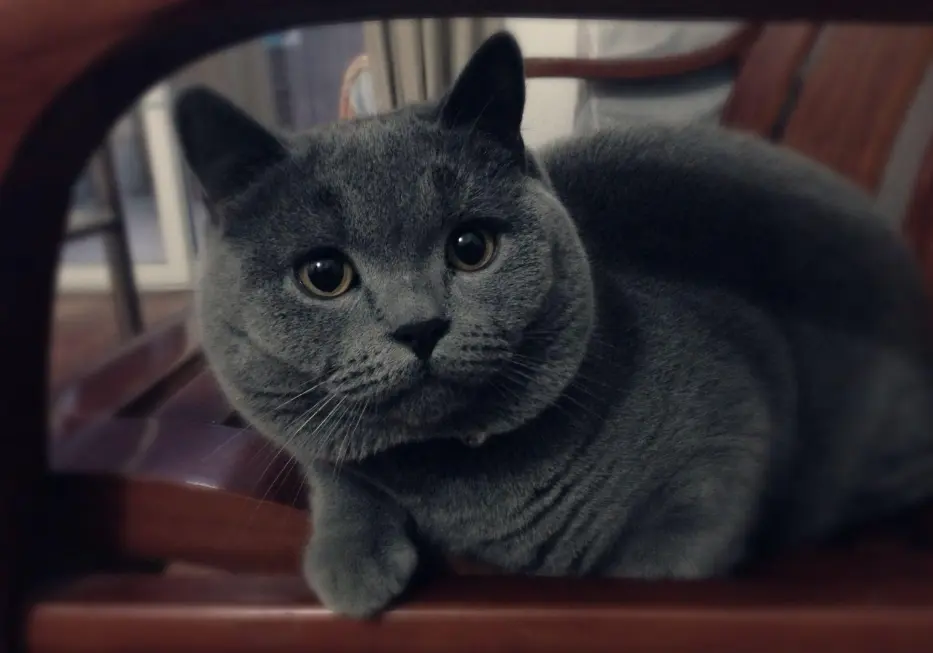
If you already have sufficient experience in raising cats or want to add a companion to your cat at
home, you can choose from the following breeds of cats to keep.
Ragdoll Cat:Ragdoll Cat is a cat with a very beautiful appearance, a quiet and clingy personality, a
particularly good temper, and a close relationship with humans. However, it also has obvious
drawbacks,
such as weak gastrointestinal function, high requirements for diet, and thick hair that is not easy
to
maintain and clean.
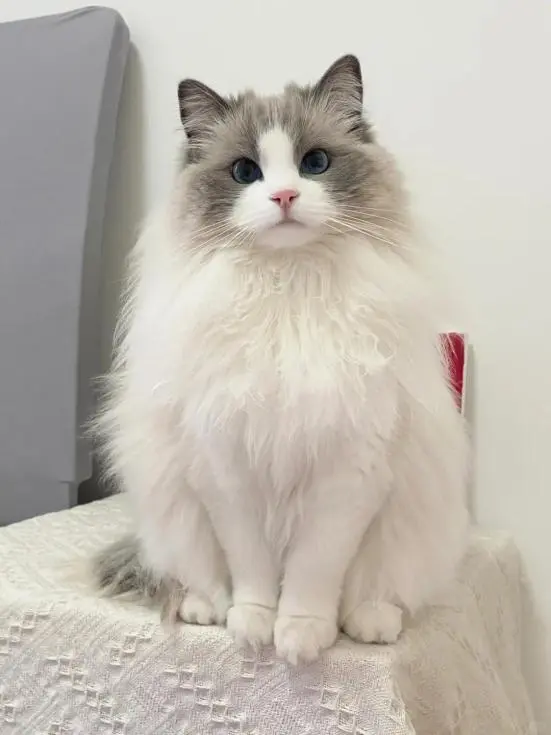
Munchkin cat:
A cat with relatively short limbs and almost no aggression, with a quiet personality
and
not overly clingy; Normally, Munchkin cat does not have any genetic problems causing joint diseases,
but
it is important to pay attention to diet and weight control. Due to its short limbs, obesity can
easily
lead to various joint diseases.
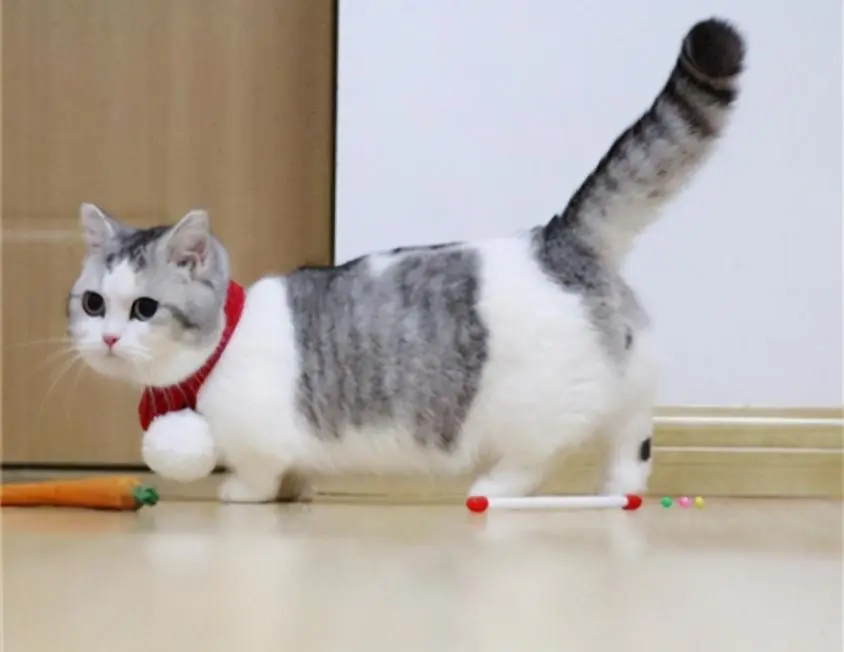
Exotic Shorthair:Foreign Shorthair cats are known for their gentle, friendly, and easy-going
personality, but it should be noted that they have hidden genetic diseases such as breathing
difficulties, ventricular hypertrophy, and weak gastrointestinal function. Therefore, they are a
more delicate cat and are more suitable for people with enough patience and experience in raising
cats.
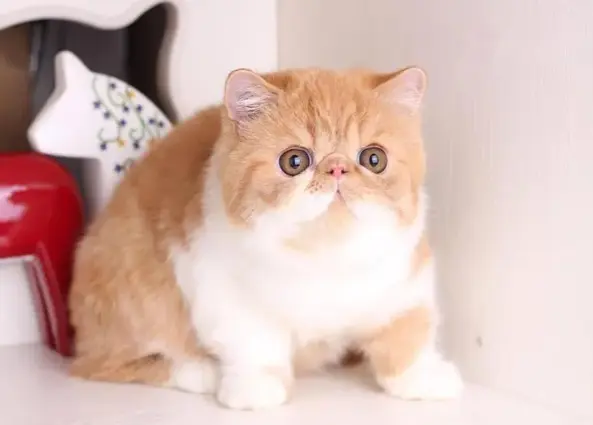
Maine Coon:Maine Coons are a relatively large and very active breed that requires a lot of movement
and activity space. If you cannot provide enough activity space, they may become restless. Due to
the dense fur of Maine Coons, they require regular grooming and care. Otherwise, their fur may
become tangled, causing discomfort and even health problems. Maine Coons love to be cared for and
cared for, and if you don't give them enough attention and companionship, they may become lonely and
anxious.
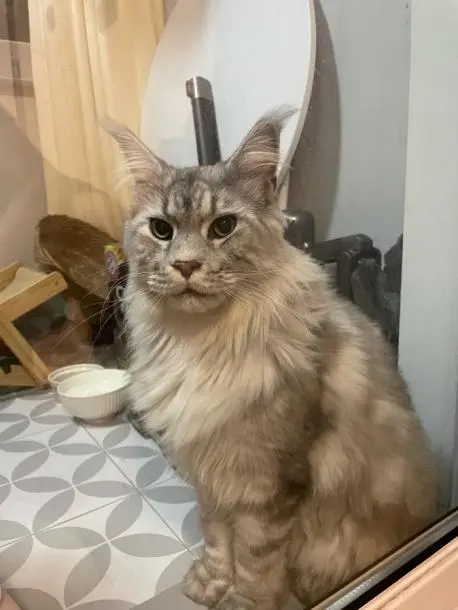
The above mentioned cat breeds have some shortcomings. Although they have various attractive
features in appearance and personality, it is still recommended that friends who want to try raising
cats should not consider them as their first cat, as this is a good thing for both themselves and
the cat.
Pay attention to keeping warm. 0-3 month old kittens have a low immune system and are prone to
developing diseases due to temperature changes. It is recommended to supplement them with
lactoferrin to
enhance their immune system. During and after taking the kitten home, it is important to take
appropriate measures to keep them warm and provide them with a comfortable space for growth.
It is recommended to breastfeed kittens. If breastfeeding is not possible, it is recommended to use
warm
water to brew sheep milk powder for feeding; After the kitten adapts to the new environment, use
sheep
milk powder to brew and soften the cat food for feeding.
Whether you live on a low or high floor, remember to close doors and windows properly. Cats'
curiosity
will drive them to chase after birds or other flying creatures outside the window. As they grow up
and
enter estrus, cats will also go out to seek the opposite sex. Therefore, in order to prevent
incidents
of cat loss or falling from buildings, it is necessary to take measures to close doors and windows.
Give kittens sufficient rest and don't play with them just because of personal preferences. For cats
that have just entered a new environment, adequate rest can help them better use the new environment
and
their owners, avoiding stress reactions.
After 3 months of birth, cats should be gradually vaccinated to ensure their healthy growth. It is
not
recommended to give cats a bath before vaccination. After 7-10 days of the first vaccination, cats
can
be bathed, but their bodies should be dried even after bathing; Afterwards, depending on the
differences
in the cat's living environment, it is recommended to bathe the cat once every 6-12 months.
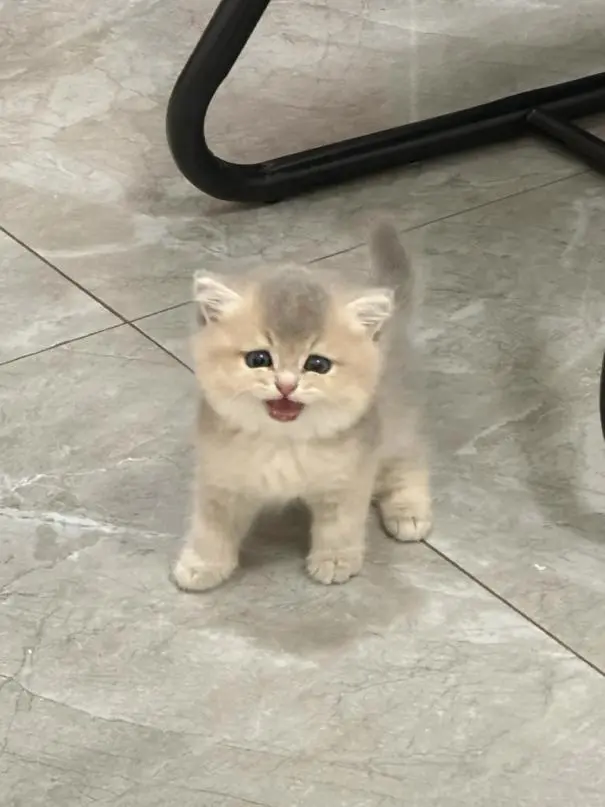
Here are a few simple cat recipe recommendations. You can spend an hour on weekends making portions
for
the next week and store them in refrigeration. Take out a portion and heat it up every day to feed
your
cat.The following recipes are based on a total weight of 1000g as an example.
1:5% Pig liver、5% Chicken、10% Shrimp、10% Pumpkin Liver and 70% Chicken breast.
2:5% Bream、5% Dunk gizzard、10% Carrot&Cabbage、10% Pig liver、10% Pork and 60% Chicken breast.
3:10% Carrot&Corn、10% Chicken liver、15% Shrimp and 65% Chicken breast.
4:10%Carrot&Broccoli、10%Chicken liver&Heart-shaped、35% Beef and 45% Chicken breast.
5:5%Perna viridis、10%Carrot&Broccoli、15%Chicken liver&Heart-shaped、30% Pork and 45% Chicken breast.
Take some time every weekend to prepare these ingredients and put them into a blender to crush and
mix
evenly. Of course, you can add 2-3 egg yolks, some cat grass, and 1-2 egg portions of eggshells to
the
ingredients and mix well. Each time you feed your cat, take out a portion and heat it over water for
15-20 minutes to ensure it is fully cooked. After letting it cool down, you can let your cat enjoy a
nutritious and delicious meal.
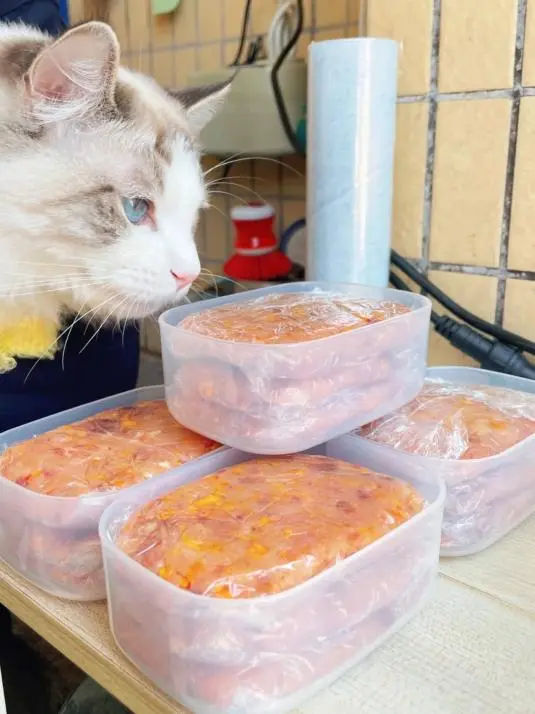
What variety is easy stud jowls
Usually, if parents have stud jowls, their offspring are also prone to stud jowls, and male
offspring are generally more prone to stud jowls.British Shorthair cats, American Shorthair cats,
and Felis Silvestris catus are cat breeds that are prone to stud jowl.

Key factors affecting study jowl
Do not sterilize your cat too early, as the decrease in hormone secretion caused by sterilization
can
cause the cat to lose its golden period of studying. It is recommended to sterilize cats after their
first estrus around the age of one.
Another factor that affects study jowl is the nutritional intake of cats. Providing high protein
foods
and matching them in a reasonable proportion to meet the nutritional needs of cats can help them
better
study jowl.At the same time, regular deworming of cats is necessary as parasites can absorb their
nutrients and affect their development.
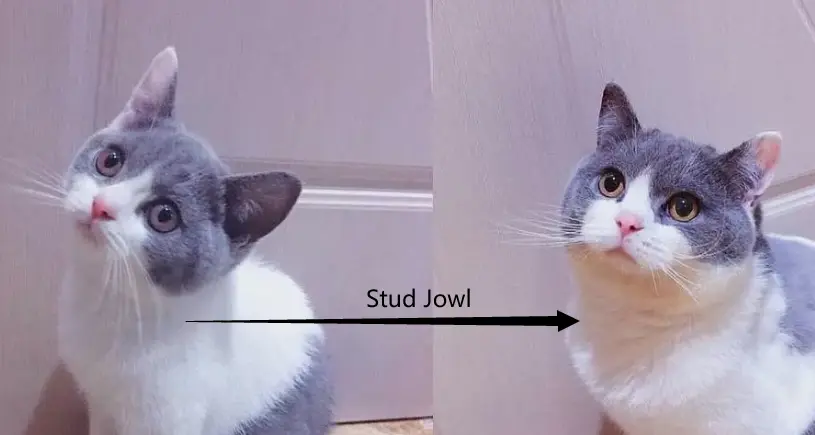
Introduce several foods suitable for cats to ensure their adequate nutritional intake.
Salmon: The unsaturated fatty acids contained in salmon can enhance the immunity of cats and have a
certain maintenance effect on their hearts.
Duck breast meat: rich in protein and low in fat content, feeding it appropriately can reduce tears
in
cats.
Chicken breast meat: For cats, chicken breast meat is a high-quality and easily absorbable source of
animal protein.
Egg Yolk: Egg yolks are rich in lecithin. Feeding cats 3-4 egg yolks per week can make their hair
more
beautiful and smooth.
Chicken liver: Chicken liver is rich in folate and vitamin B12, making it a rare source of nutrition
for
cats.
Shrimp: Rich in protein and trace elements, moderate feeding can help cats supplement the nutrients
their body needs, but excessive feeding is not recommended.
Pumpkin: Pumpkin has less stimulation on the cat's digestive system. It is recommended to feed some
pumpkin during the cat's food change period to avoid excessive stimulation on the cat's digestive
system.
Sweet potatoes: Sweet potatoes are rich in plant fibers that can promote intestinal peristalsis and
aid
digestion in cats, but it is important to feed them after cooking.
Broccoli: Broccoli has excellent antioxidant properties, and its rich minerals can also accelerate
cat
metabolism and enhance cat immunity.
Corn: Corn is rich in vitamins, minerals, and trace elements, and can be used as a complementary
food
for cats to achieve vitamin supplementation.
Blueberries: Blueberries contain antioxidants and vitamins that help maintain the physical health of
cats and strengthen their immune system. Feeding them in moderation should not allow cats to consume
too
much.
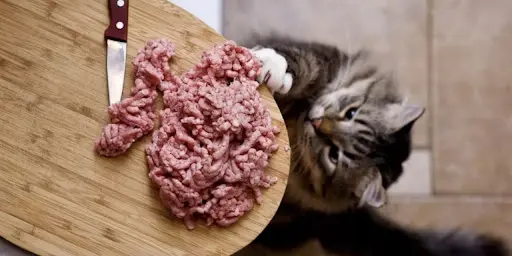
1.High quality meat, internal organs, and bone ratio combinations help your cat's bone development
to be
more complete.
2.The animal protein provided by raw meat and bones makes cats stronger.
3.Rich Omega nourishes the cat's hair, making it more shiny and smooth, reducing the chances of
shedding
hair and getting cat moss.
4.Balanced nutrition enhances cats' resistance and reduces the likelihood of illness.
5.Taurine and various vitamins make cats' eyes healthier and brighter.
6.A reasonable diet structure and sufficient water intake can improve the odor of cat feces and
reduce
the risk of urinary problems in cats.
Tips:
If you are not adequately prepared, please do not make your own raw meat.
If you choose to purchase finished raw meat and meat, please identify the source and safety of the
food.
If your cat has been fed raw meat since childhood, please maintain this feeding habit. For those who
switch to raw meat feeding midway, please make a reasonable transition.
How to Feed
Kittens: Weight(g) * 10%, 7.5%, 6% (decreases with age)
Adult cats:Weight(g) *4%
If your cat is too obese:Weight(g) *2%~2.5%


1. Maine Coons have a gentle personality and are different from other cats. Maine Coons enjoy
playing in
water; It can coexist harmoniously with any cat, dog, or other domesticated pet, and due to its
previous
existence as a working cat, it also has a high loyalty to its owner.
2. Maine Coons have a huge body size and have certain requirements for the size of their daily
activity
area. If your living environment is relatively small, it is not recommended to keep Maine Coons.
3. Maine Coons have a food intake 2-4 times that of regular cats, and due to their large intake,
their
excretion is also increased compared to other cats. Therefore, Maine Coons also consume a lot of
litter,
and owners need to spend more time and energy on feeding and cleaning litter.
4. Maine Coons have long and thick fur, which takes longer to comb and requires higher frequency of
daily hygiene.
5. Due to congenital genetic defects and the weight impact of their large body size, Maine Coon cats
are
the most susceptible to hip dysplasia. If unfortunately your Maine Coon cat suffers from hip
dysplasia,
it is important to supplement calcium, phosphorus, fish oil, and other nutrients to alleviate the
symptoms of the cat.
6. Maine Coon cats are a breed with a huge amount of hair, and they are prone to shedding hair in
daily
life, especially during seasonal changes; Raising Maine Coon cats requires a significant amount of
effort in grooming their fur; If you or your family members have respiratory related illnesses, it
is
recommended not to choose Maine Coon cats for breeding.
7. Unlike other cats, Maine Coons can be taken outdoors for play; If you often bring it outdoors,
remember to do a good job of deworming inside and outside the cat's body.
Ragdoll Cat is a cute, quiet, gentle and generous cat that is tolerant of children and enjoys
playing.
They are friendly, intelligent, and enjoy interacting with humans, making them an ideal indoor
companion. But Ragdoll Cat is a long haired cat with thick fur and a fragile digestive system, so
compared to other cats, the difficulty of raising Ragdoll Cat is higher and requires attention to
many
details.
It is recommended to breastfeed plush cats between 0-2 months of age. Around 20 days after birth,
try
using warm goat milk to brew cat food specifically for kittens. After feeding, wipe the kitten's
buttocks with a wet cloth about 30 minutes to help with excretion; Kittens have low immunity, so it
is
important to take good measures to keep them warm.After entering the weaning period at 2 months of
birth, Ragdoll Cat can be fed some probiotics and egg yolks in addition to cat food to help enhance
its
physical fitness. Starting from the third month of birth, Ragdoll Cat can gradually increase the
amount
of feeding.
About six months after birth, Ragdoll cats will gradually enter the estrus period. At this time,
male
Ragdoll cats will urinate everywhere, and attention should be paid to cleaning and deodorizing.
Female
Ragdoll cats will start barking, so it is recommended to play with them more to distract their
attention; If you live on a lower floor, pay attention to the sealing of doors and windows. If there
is
no birth plan, sterilization surgery can be arranged after the first estrus period ends.
After a year of feeding, Ragdoll cat has entered adulthood and gradually stabilized in all aspects
of
its body.At this point, it is only necessary to pay attention to the daily maintenance of Ragdoll
cats.
How to protect your Ragdoll cat
Ragdoll cat belongs to the category of long haired cats, with long and dense fur that is prone to
tangling; Owners need to regularly comb through it. By observing the smoothness and glossiness of
Ragdoll cat hair, it can be determined whether a Ragdoll cat has been well fed; You can feed some
foods
rich in phospholipids and Omrega3 (such as egg yolks, fish oil, etc.) to beautify the hair of
Ragdoll
cats.
Ragdoll cat is a larger breed among common pet cats, so its appetite is also large; The huge body
size
and large amount of food intake lead to a higher body weight for Ragdoll cats, which puts additional
pressure on their bones. Therefore, it is recommended to purchase and feed Ragdoll cats with foods
with
higher calcium and phosphorus content, or provide extra calcium tablets during feeding.
Ragdoll cat's digestive system is relatively fragile and prone to soft stools; And Ragdoll cat has
longer hair, which is soft and easy to stick to the buttocks, so pay attention to regularly trimming
and
cleaning the hair near the buttocks of Ragdoll cat. When choosing or changing cat food for Ragdoll
cat,
it is important to choose cat food with high digestion and absorption rates, a more detailed and
safe
formula, and to prepare probiotics to regulate the digestive system of Ragdoll cat. Only when the
digestive system is in normal condition can Ragdoll cats have good growth and development.
Some Ragdoll cats have genetic defects, which can easily lead to hypertrophic myocarditis; The
specific
symptoms include coughing, shortness of breath, and weakness in the lower limbs. Overweight Ragdoll
cats
have a higher risk of developing these diseases. Therefore, it is important to manage Ragdoll cat's
diet
and avoid obesity. Regular physical examinations should also be conducted to ensure that Ragdoll
cats
are in a healthy state.
Ragdoll cats have a serious obsession with cleanliness, and owners should regularly clean the litter
box
used by Ragdoll cats and replace the litter. They should also regularly clean the feeding
environment to
ensure that Ragdoll cats have a clean and tidy living environment, which can effectively reduce the
risk
of various diseases.
As a cat with a cleanliness obsession, Ragdoll cats like to lick and clean their bodies in daily
life,
which can lead to excessive intake of their own hair. When the body accumulates too much hair, it
can
easily cause hairball syndrome. Therefore, it is necessary to regularly feed Ragdoll cats with cat
grass
or cat grass flakes to help them eliminate hair.
The British Shorthair Cat is a very popular family pet, loved by people for its cute and adorable
appearance and gentle personality.
From its appearance, the British Shorthair Cat has a sturdy and round body shape, well-developed
muscles, and thick and short limbs. Full cheeks, small ears, big and round eyes, usually bright
orange
or brass color. The hair is short and dense, with a unique sense of heaviness, and feels as soft as
plush to the touch. Common fur colors include the classic blue gray, silver, gold, cream, and other
colors known as the English short blue cat, as well as tiger spots, two tone patterns, and more.
The British Shorthair Cat is gentle, friendly, independent, and not too clingy. They usually do not
rely
too much on their owners like other cats, making them suitable for owners who need pet companionship
but
are busy with work and life.Healthy British Shorthair cats typically have a lifespan of 12 to 20
years.
But they are prone to some congenital diseases, such as hypertrophic cardiomyopathy, so regular
health
checks and proper feeding are needed.
They have strong adaptability to new environments and are not prone to stress reactions, making them
more suitable for urban apartment living. Although they are lively and active, they do not like to
jump
high and have moderate activity levels; If you don't control your diet a little, it's easy to gain
weight.
Before raising British Shorthair cats, you also need to understand some of their drawbacks.
Firstly, British Shorthair cats have a stubborn personality and may adapt slowly to new things and
foods, and are not easy to train. Sometimes, they show an independent side and turn a blind eye to
the
instructions of their owners.
If you want a clingy cat, British Shorthair cats may not be suitable for you. Compared to other
cats,
British Shorthair cats usually do not like to be held for long periods of time or have too much
physical
contact. They like to be quiet and alone, sometimes showing coldness.
Although most British Shorthair cats are healthy, they also have some susceptibility to genetic
diseases
such as hypertrophic cardiomyopathy and polycystic kidney disease. Therefore, regular check ups and
early prevention are important to avoid the pain and high treatment costs caused by these genetic
diseases.
Taking into account various factors, as long as British Shorthair cats are given appropriate care,
nurturing, and health monitoring, they are still very suitable pets for families.
